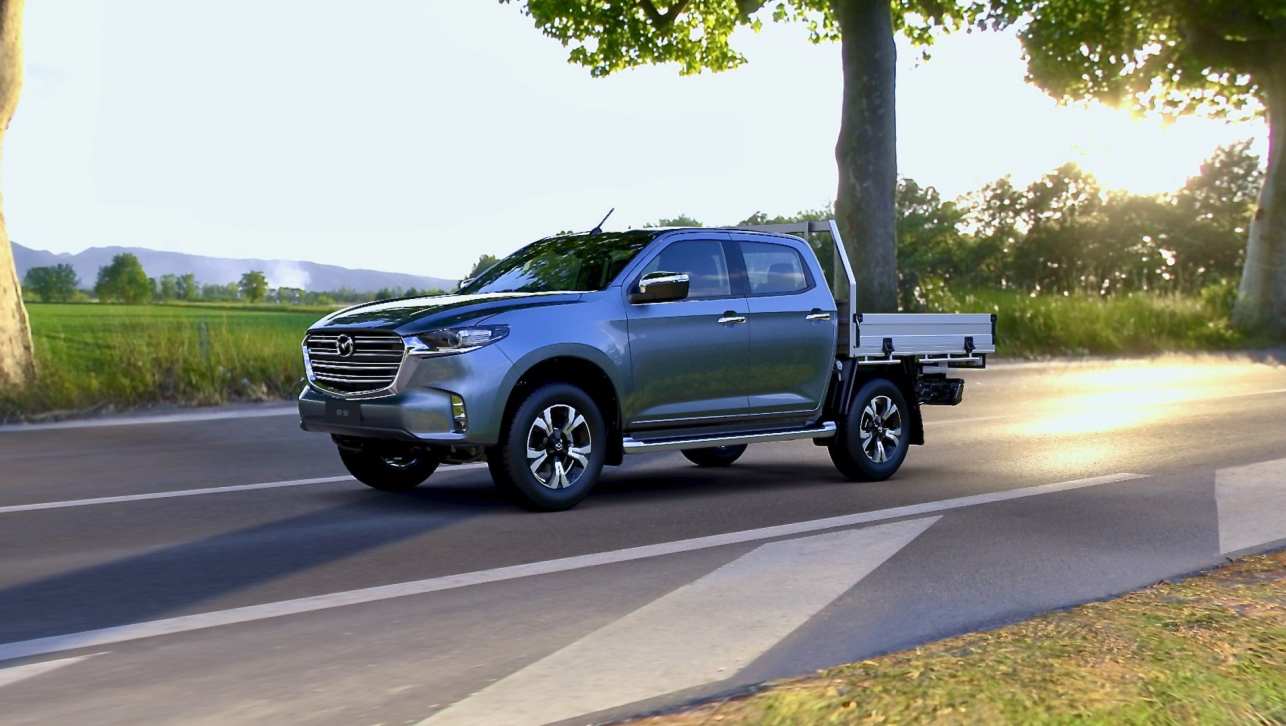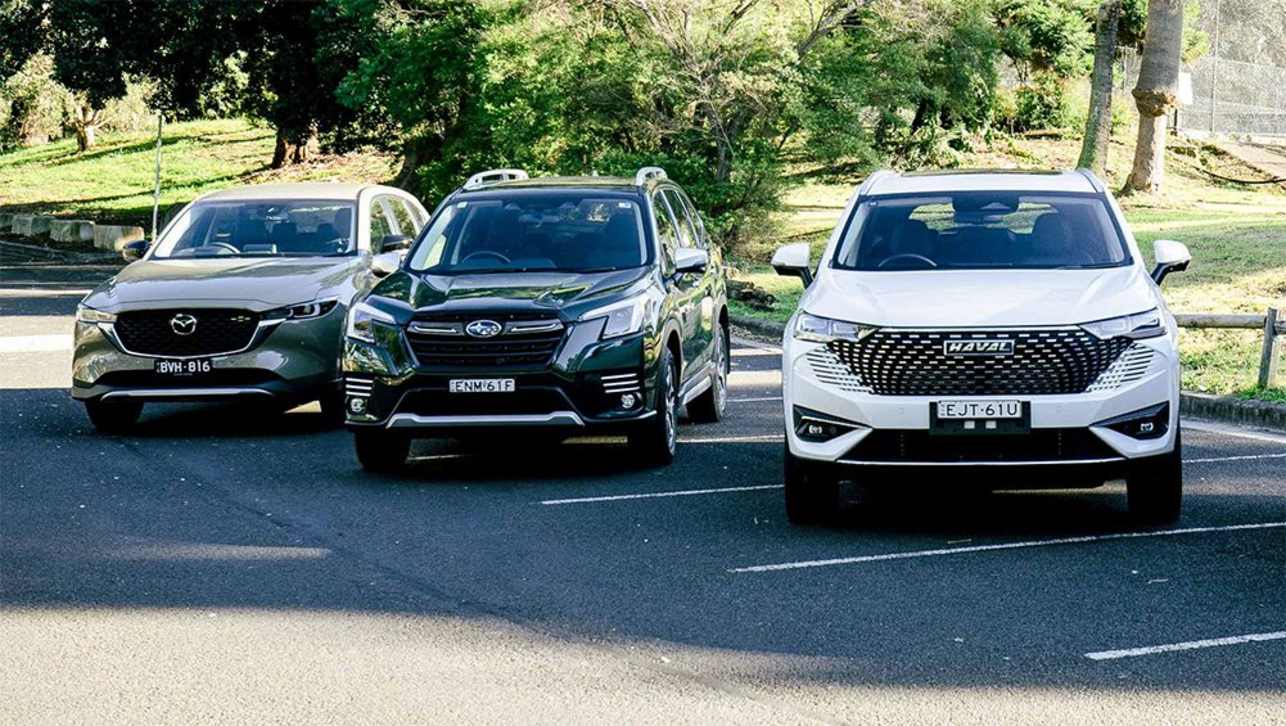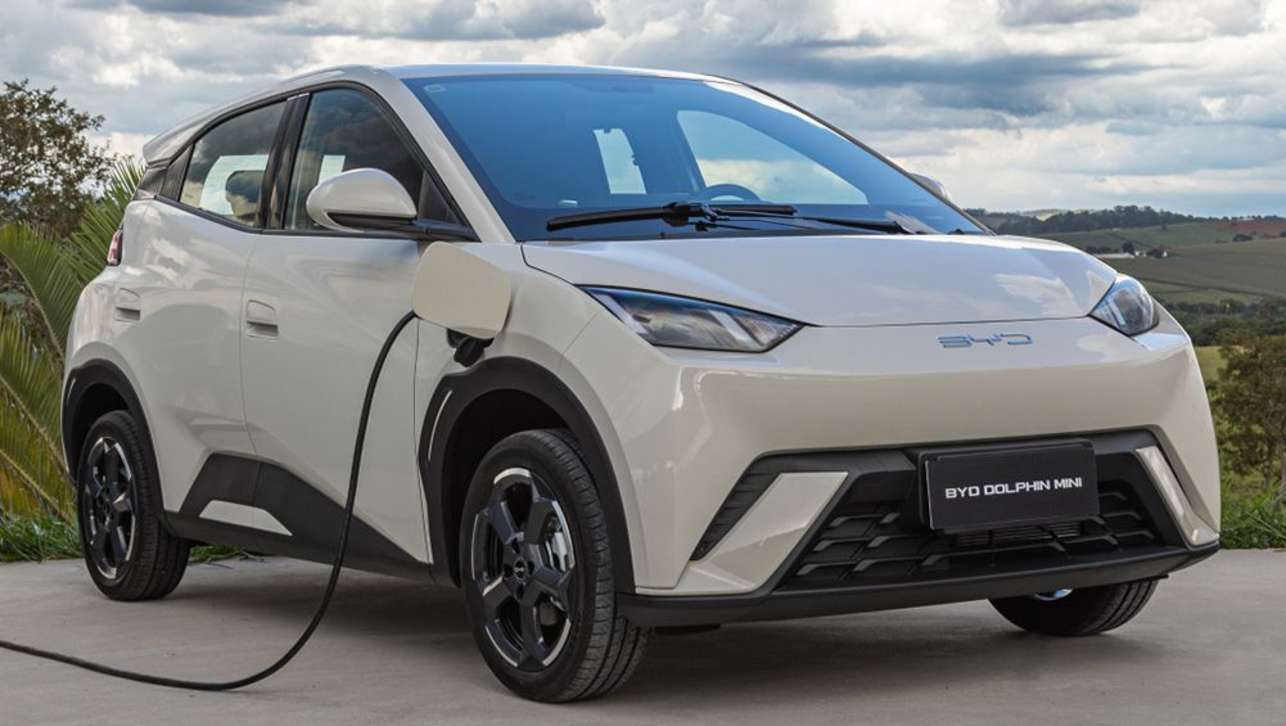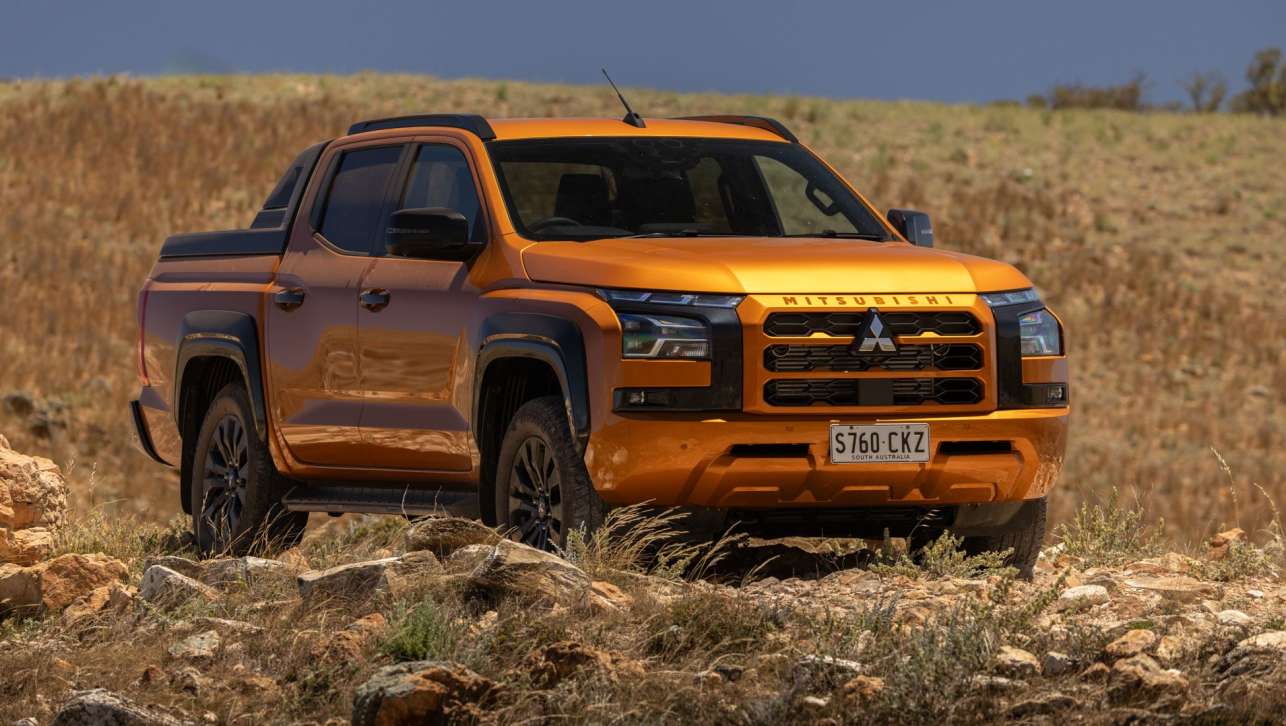Australia’s long-awaited emission laws are set to launch a flurry of adorable cuteness on our roads with Mitsubishi quickly moving to bring the tiny eK X “kei” car to Australia - which would become both our smallest and cheapest EV, at a price of $30,000 to $35,000 - to help it lower its overall CO2 burden.
More than one in three cars sold in Japan are what’s defined as “kei” (basically “very compact”) cars, which are cheaper to buy, register and insure.
Kei cars have to fit strict guidelines, meaning they must be no more than 3.4m long, 1.48m wide and and 2m high, and are also restricted on power, with a 47kW maximum.
CarsGuide was recently asked to take part in an evaluation drive of the eK X around the bustling inner-city suburbs of Sydney, along with a Mitsubishi executive as the company tries to fathom whether there’s a business case for it, and whether Australians would go for a small city car with a range of just 180km (WLTP figures, more like 150km in the real world).
And, perhaps more tellingly, whether consumers here would consider a vehicle that comes with a three-star safety rating - it's unlikely the Mitsubishi eK X would qualify for a five-star score in Australia, despite it passing all safety regulations for kei cars in Japan.
Your first impression of the eK X in the metal is that it’s almost implausibly happy to look at. It seems to have been designed by a professional kawaii engineer (“kawaii”, for those of you who don’t have children obsessed by it, is “the culture of cuteness” in Japan), and while it is, obviously, very short and narrow, this kei car at least stands quite tall.
That sensation is even clearer inside, where head room is enough for most NBA players. What’s far more surprising is how much legroom there is in the rear. It might only fit two humans, rather than the standard three, back there, but by shifting the bench seat all the way back you can have properly BMW 7 Series levels of space for your limbs. I had imagined the rear of a kei car to be a knees in nostrils experience, so this was a shock.
If you want to have any usable boot space, of course, you’ll have to slide the bench further forward, but even when you do so, there’s plenty of room.
The front seats are quite comfortable as well, although, again, you are sharing a kind of bench with the passenger. Fortunately a little armrest can be dropped to make you at least feel a bit separated.
Traditional, petrol-powered kei cars used to be a bit slug-like in terms of speed, but over the years car companies have obviously worked out how to do more with very few kilowatts and in Japan they now have a self-imposed top speed of 140km/h.
We managed to get the Mitsubishi eK X up to 110km/h on a Sydney freeway and it didn’t feel entirely overwhelmed or in any way uncomfortable at that speed, but it’s worth pointing out that getting to that speed did have a bit of an “I think I can, I THINK I can” nature to it. The advantage of the eK X being an EV is that it has 195Nm to help out its breathless 47kW, and while that does provide it with some mid-range punch, this would have to be the slowest and most breathless EV I’ve driven so far.
It’s not awful, and it’s perfectly fine in city driving, but it just doesn’t have the kind of instant response we’ve come to expect from other electric vehicles.

Speed aside, and it was never going to be a kei car’s biggest attribute, the Mitsubishi eK X really is a lot of fun to fling and flick around. It’s light, tight, easy to steer and park and even the ride quality is surprisingly friendly, despite its tiny 15-inch wheels.
Overall, there’s just something joyful about it, and possibly it’s just the aura the little thing’s toy-like aesthetic provides.
But more than that, it makes a lot of sense. If you could go out tomorrow and buy one of these for $30K, instead of a Chinese EV that’s bigger, but quite a bit more expensive, it would be quite tempting. It’s never going to be anyone’s only form of transport, but as a second car, it would suit my family in the same way that a long-term Hyundai Kona EV did for six months - when we ran it off our solar panels and thus powered it with pure sunlight - but at half the price.

Oliver Mann, Mitsubishi Australia’s General Manager Strategy, was thrilled to hear our positive feedback, but we also had to tell him that the safety rating would be a challenge, as would convincing Australian motorists that 150km of range is enough (even though the average city driver could easily get through a week with one recharge).
But Mann, and Mitsubishi, are looking to the future, to a time when the Australian market is more mature, and people understand such things better. And also to a time when the New Vehicle Efficiency Standard has come in, and it will really need to be selling some zero-emission vehicles to avoid painful government fines for how much CO2 its fleet outputs.
“What we need to do is think about what the marketplace is going to be like down the line, in 2030 and 2035, when there is much more acceptance of EVs, and hopefully of smaller cars like this as well,” Mann said.

“You have to remember that tastes change. Everyone wants big utes these days, or SUVs, but just a decade ago smaller cars like the Toyota Corolla and Mazda3 were in the top-three sellers. And Australia also has a history of enjoying really small cars, remember the Daihatsus, the Mighty Boys, and even our own Mirage.
“And the fact is that selling a car like this, a small EV with zero emissions, would help our overall CO2 figures and help us to achieve our sales targets for Mitsubishi Triton.”
As for the safety issue, Mitsubishi's Australian CEO Shaun Westcott has previously told CarsGuide he doesn’t think it’s a deal breaker.

"The reality is that the car meets Japanese safety regulations. The reality is that it does not meet ANCAP five star, and will not meet ANCAP five star. We'd probably get three stars," he admitted.
"The problem that we have in Australia is that there is a mentality or psychology or social norm or whatever you want to call it that goes 'it's five star or nothing. If it's not five star, don't buy it’.
"What I've done is that we brought that car to Australia to take the pulse, because ultimately the consumer decides.

“I'm a global citizen, I've lived in various countries around the world where four-star is good safety and three-star is adequate safety, particularly for a small city car that doesn't do more than 60 kilometres an hour, and 50 kilometres, in some places. One that never gets out of the city. A range of 180km, intended to be driven for a week in a city, one charge a week.”




.jpg)











.jpg)
.jpg)

















.jpg)
.jpg)
.jpg)
.jpg)

.jpg)
.jpg)


.jpg)

Comments